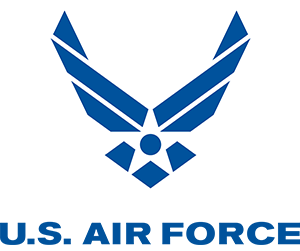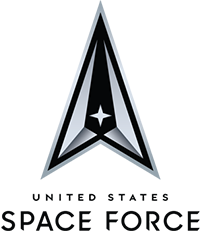Joining & Eligibility
Enlisting in the Military
Once you have talked to a recruiter, you’ll set a date to visit a Military Entrance Processing Station (MEPS) to finish the enlistment process.
United States Military Entrance Processing Command (USMEPCOM) is a joint Service organization that determines an applicant's physical qualifications, aptitude and moral standards as set by each branch of military service. They have locations, called MEPS, all over the country.
On This Page
Transcription
Related Videos
Welcome to MEPS: A First Step to Service
Welcome to MEPS: A First Step to Service
MEPS Myths
MEPS Myths
MEPS Visit Tips
Here are a few things you should keep in mind for the visit:
- Bring a Social Security card, birth certificate and driver's license
- Remove piercings, and do not wear clothing with obscene images
- If you wear either eyeglasses or contact lens, bring them along with your prescription, case and solution
- Get a good night’s sleep and arrive early
You’ll officially complete the process of joining the Military once you meet all of the Service requirements assessed at MEPS. The process typically takes one to two days, with food and lodging provided.

Step 1: Take the Armed Services Vocational Aptitude Battery (ASVAB)
The ASVAB is a multiple-choice exam that helps determine the careers for which an individual is best suited. Both traditional pen-and-paper (also referred to as paper-and-pencil) exam and a computer-based version are available. The computerized ASVAB takes approximately one and a half hours to complete, the pen-and-paper version takes about three hours to complete, and each have questions about standard school subjects like math, English, writing and science. Each Service uses a custom combination of ASVAB results to produce scores related to different career fields. Alternatively, recruits may take the PiCAT, or Pending Internet Computerized Adaptive Test, which is an untimed, unmonitored version of the ASVAB that can be taken online.
In addition, some high schools offer and administer the ASVAB test to their students. If you have taken the test already, you should inform your recruiter and see if your results are still valid.

Step 2: Pass the Physical Examination
A recruiter will discuss physical eligibility requirements with you beforehand. The physical is a regular medical exam, similar to what you would receive from a family doctor. Some recruiters may conduct a short physical training (PT) test with potential recruits as well.
Examinations include:
- Height and weight measurements
- Hearing and vision examinations
- Urine and blood tests
- Drug and alcohol tests
- Muscle group and joint maneuvers
- Specialized test if required (pregnancy test for women, body fat percentage test for those who are overweight, tests relating to any unusual medical history)

Step 3: Meet With a Counselor and Determine a Career
At this point, a service enlistment counselor meets with you to find the right job specialty. A few different factors contribute to career selection:
- Needs of the Service
- Job availability
- ASVAB score
- Physical requirements (for example, a recruit needs normal color vision for some careers)
- Recruit preference
The service enlistment counselor will also go over the enlistment agreement. It is important to understand this fully before signing. When you sign this agreement, you are making a serious commitment to the Military.
At this time, you will also be fingerprinted for your file, which is required for background checks and security clearances.

Step 4: Take the Oath of Enlistment
Once your career has been determined, you are ready to take the Oath of Enlistment. In this statement, you vow to defend the United States Constitution and obey the Uniform Code of Military Justice (UCMJ). Family members are invited to watch and take photos.
I, (name), do solemnly swear (or affirm) that I will support and defend the Constitution of the United States against all enemies, foreign and domestic; that I will bear true faith and allegiance to the same; and that I will obey the orders of the president of the United States and the orders of the officers appointed over me, according to regulations and the Uniform Code of Military Justice. So help me God.

Step 5: After MEPS
You’ll do one of two things, depending on the terms of your enlistment:
- Direct Ship: Report to Basic Training shortly after completing MEPS testing requirements. (It varies based on job assignment and branch.) A recruiter will provide instructions on transportation to Basic Training at this time.
- Delayed Entry Program (DEP): Commit to Basic Training at a time in the future, generally within one year. Most recruits enter DEP before shipping, including those who enlist before completing high school. Recruits enrolled in DEP may return to their homes until the time comes to report for duty.
Remember, a recruiter can answer any additional questions you may have about the enlistment process.










